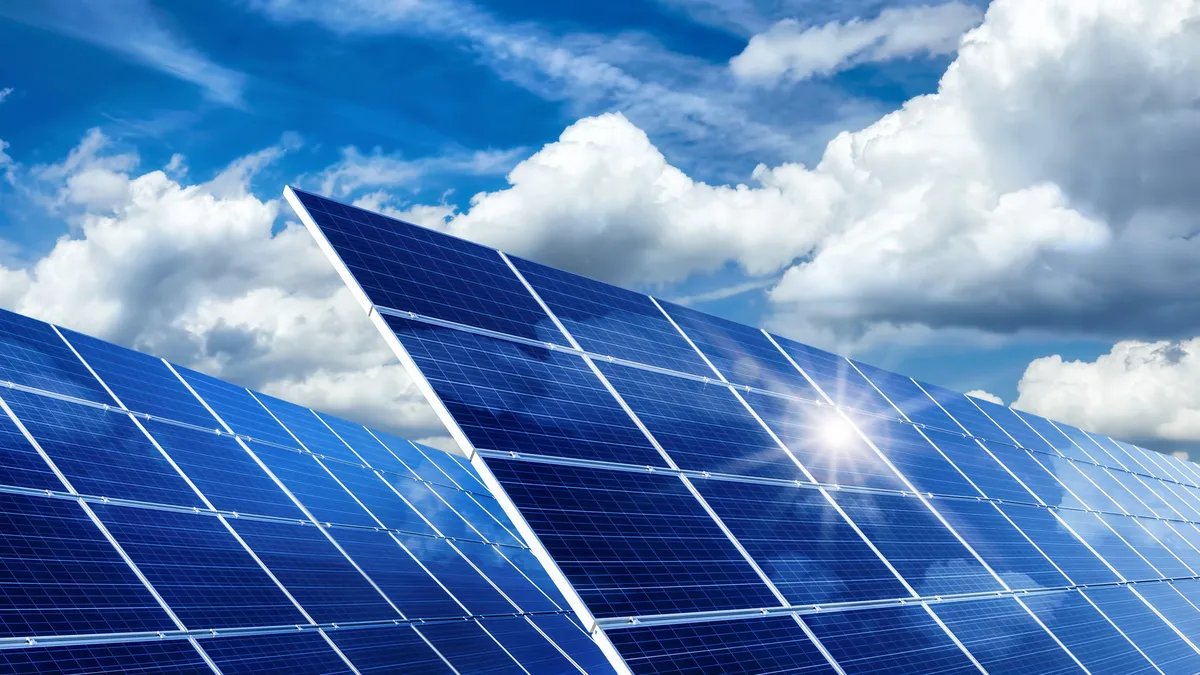Dive Brief:
- Massachusetts Gov. Charlie Baker's administration has introduced legislation to create a new Clean Peak Standard for utilities to increase the use of clean energy during high-demand periods that are also carbon intensive.
- The proposed standard was filed as part of legislation to authorize over $1.4 billion in investments aimed at protecting residents, municipalities and businesses from the impacts of climate change. The bill would align with investments with state's greenhouse gas reduction goals. Legislation passed in 2008 requires an 80% reduction in greenhouse gas emissions by 2050, relative to 1990 levels.
- Separately, Massachusetts legislators have introduced a broad clean energy bill that sets targets for energy storage and raises the renewable portfolio standard's required growth rate from 1% to 3% annually. The bill sets a new storage target of 1,766 MW by 2025 and 5 GW of offshore wind by 2035.
Dive Insight:
Massachusetts is the third state which introduced legislation for the Clean Peak Standard. The state has set goals to decarbonize and modernize its grid, but new legislative language out of the governor's office focuses on the need not just for more clean energy, but more clean energy at times when the grid is most stressed — and typically, most polluting.
The proposed legislation language would direct the Department of Energy Resource to create a new clean peak standard for all retail electricity suppliers selling electricity to end-use customers. The standard will require all retail electricity suppliers to provide "a minimum percentage of kilowatt-hour sales" from clean peak energy resources, ultimately determined by regulations.
The legislation specifies that, "to the maximum extent practicable," the Clean Peak Standard cannot raise individual customer rates more than $0.005/kWh in the aggregate of any year. The department must develop regulations to implement the peak standard, which will expire at the end of 2040.
Massachusetts has set ambitious clean energy goals including plans to develop 1.6 GW of offshore wind and an energy storage target of 200 MWh by 2020.
It remains to be seen if the Clean Peak Standard will gather traction. The proposal is still floating in an Arizona docket, though it made a second appearance in a proposal from the Arizona Corporation Commission. In California, the governor signed a bill that built off the Clean Peak Standard proposed in Arizona, but was less prescriptive.
A previous version of this article incorrectly said the Clean Peak Standard failed to gather traction in Arizona and California.














